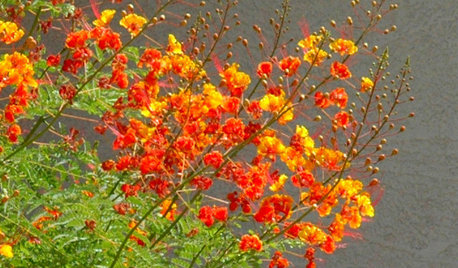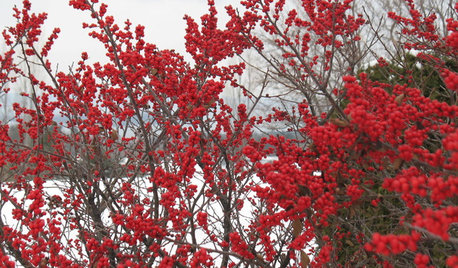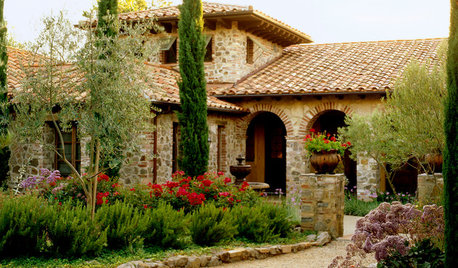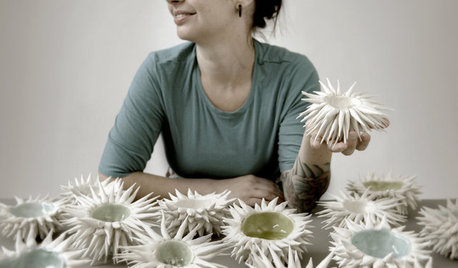Hard Red Clay
gypsy7866
11 years ago
Featured Answer
Comments (11)
Iris GW
11 years agochas045
11 years agoRelated Professionals
Belmont Landscape Architects & Landscape Designers · Graham Landscape Architects & Landscape Designers · Pelham Landscape Contractors · Wilmington Landscape Contractors · Berwyn Landscape Contractors · Fort Atkinson Landscape Contractors · Marlborough Landscape Contractors · Medford Landscape Contractors · Newnan Landscape Contractors · Porterville Landscape Contractors · Post Falls Landscape Contractors · Riverview Landscape Contractors · Royal Oak Landscape Contractors · Spring Landscape Contractors · Cheshire Gardeners & Lawn Caretrianglejohn
11 years agobarnhardt9999
11 years agoplantbug
11 years agowoodywoodchuck
11 years agodianne1957
11 years agoUser
11 years agobrenda_near_eno
11 years agodottie_in_charlotte
11 years ago
Related Stories

GARDENING GUIDESHow to Stop Worrying and Start Loving Clay Soil
Clay has many more benefits than you might imagine
Full Story
GARDENING GUIDESGardening Solutions for Heavy Clay Soils
What’s a gardener to do with soil that’s easily compacted and has poor drainage? Find out here
Full Story
ORANGEColor Guide: How to Work With Red Ocher
Ancient, passionate and warm, red ocher is one of the most elemental colors on earth
Full Story
KITCHEN DESIGN2012 Color Trends: Using Red in Your Kitchen and Bath
Fiery hues bring high drama home
Full Story
GARDENING FOR BUTTERFLIESGreat Design Plant: Red Bird-of-Paradise Soars With Color
Fiery bursts of red-orange flowers bring hot summer gardens to life, while this shrub's drought tolerance keeps the living easy
Full Story
GARDENING GUIDES6 Rockin’ Red Plants for Winter Gardens
Use the bright berries or branches of these cold-climate favorites for outdoor garden interest or container arrangements anywhere
Full Story
ORANGECozy Up With Warm Clay Colors
Give your space an autumn color splash with shades of pumpkin and persimmon
Full Story
GARDENING GUIDES9 Clay-Busting Native Flowers for Summer Sun
These plants survive and even thrive in tough clay soil east of the Rocky Mountains
Full Story
ROOFSRoof Materials: Get an Old-World Look With Clay Roof Tiles
The ancient roof material of choice remains the modern-day ideal for authentic Italian, Mediterranean and Spanish home styles
Full Story
TASTEMAKERSInterview: Heather Knight of Element Clay Studio
Nature, architecture and a creative community inspire an Asheville artist
Full Story





mcleod